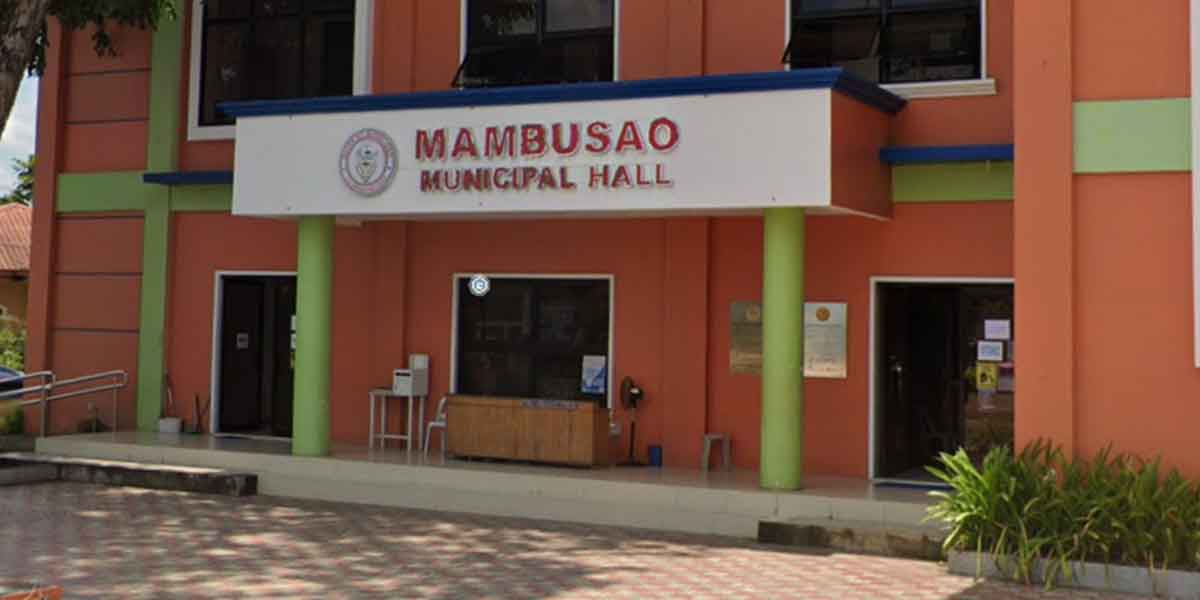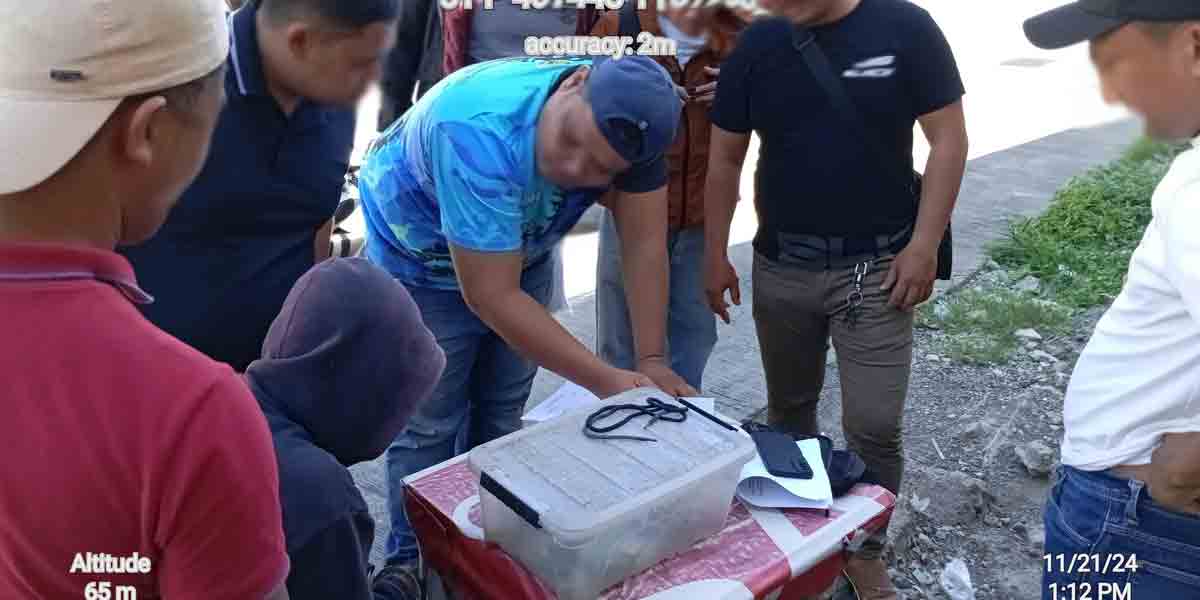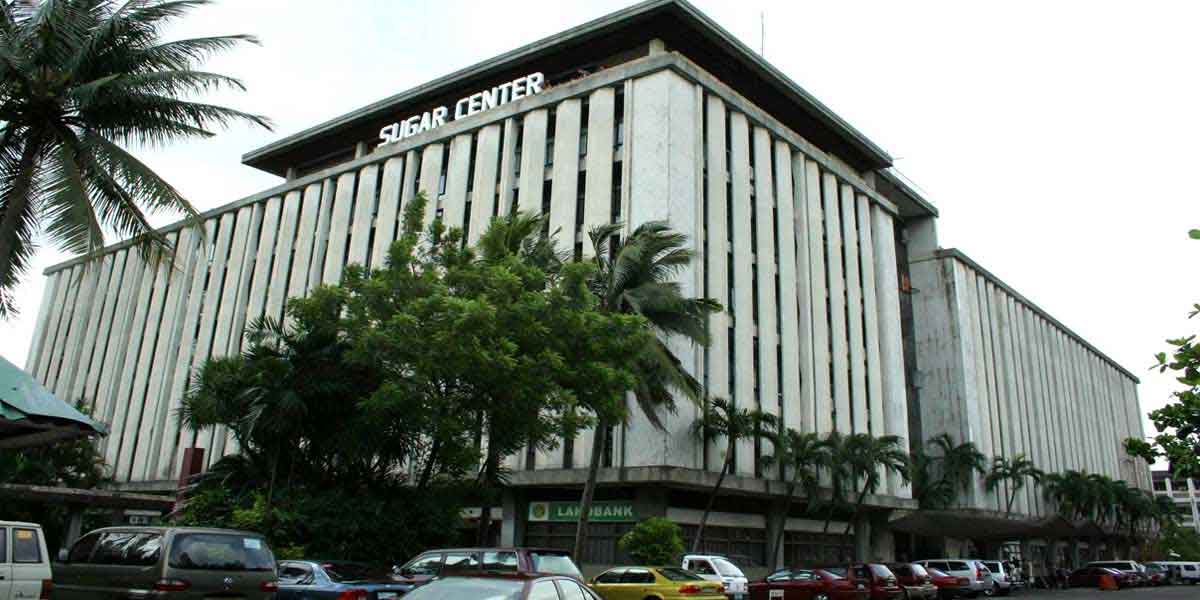By Atty. Eduardo T. Reyes III
A legal theory’s transition from being a mere hypothesis to forming part of jurisprudence is parlous. The journey entails a surfeit of uncertainties.
Especially when the case originates from the Municipal Trial Court, it has to go the full route, all the way to the Supreme Court (SC), for the legal theory to get a shot at congealing into case law. But just like in most jurisdictions, each level of appeal from the Municipal Trial Court to the Regional Trial Court, from the Regional Trial Court to the Court of Appeals, and finally, from the Court of Appeals to the Supreme Court, in the Philippine legal system, stringent rules and guidelines must also be followed lest the appeal will be dismissed. “It is basic that appeal is not a matter of right and the party who seeks to avail of the remedy of appeal must comply with the requirements of the rules; otherwise the appeal is lost”.(Guillerma Mendoza-Simpao, v. Heirs of Edwin U. Ramirez, UDK-17061. November 22, 2021).
Under the Philippine Constitution, too, the SC’s jurisdiction is clearly adumbrated. Fundamentally, the SC can choose not to review an appeal where the findings of fact of the lower courts, from where the case had begun, are aligned. “Finally, it is well-settled that factual findings of the trial court, when adopted and confirmed by the CA, are binding and conclusive on this Court, and will generally not be reviewed on appeal absent any of the exceptions laid down by jurisprudence, as in this case.” (Manuelito P. Jugueta v. Joseph Andrew Gutierrez, G.R. No. 257710. December 6, 2021).
The challenge for the trial lawyer therefore who had lost in the trial court is how to convince the SC to take the time to review the decisions of the courts below. Case law lays down the exceptions to the rule that factual findings of lower courts are binding on the SC.
Exceptions to Rule that Findings of Fact
Of RTC and CA are binding on SC
“As to the rule that the Court is generally limited to reviewing only errors of law in a petition for review on certiorari under Rule 45 of the Rules of Court, the exceptions are: (1) when the conclusion is a finding grounded entirely on speculation, surmises or conjectures; (2) when the inference made is manifestly mistaken, absurd or impossible; (3) where there is a grave abuse of discretion; (4) when the judgment is based on a misapprehension of facts; (5) when the findings of fact are conflicting; (6) when the Court of Appeals, in making its findings, went beyond the issues of the case and the same is contrary to the admissions of both appellant and appellee; (7) the findings of the Court of Appeals are contrary to those of the trial court; (8) when the findings of fact are conclusions without citation of specific evidence on which they are based; (9) when the facts set forth in the petition as well as in the petitioner’s main and reply briefs are not disputed by the respondents; and (10) the finding of fact of the Court of Appeals is premised on the supposed absence of evidence and is contradicted by the evidence on record. (TGN REALTY CORPORATION v. VILLA TERESA HOMEOWNER ASSOCIATION, INC., G.R. No. 164795, April 19, 2017; Marilou Fajardo v. Barrington Carpets, Inc., G.R. No. 243995. March 18, 2019; Heirs of Juan M. Dinglasan v. Ayala Corporation, G.R. No. 204378. August 5, 2019; Yushi Kondo v. Toyota Boshoku (Phils.) Corporation, et al., G.R. No. 201396. September 11, 2019; Rodolfo Caranto v. Anita Agra Caranto, G.R. No. 202889. March 2, 2020).
Published in December 2021, the May 3, 2021 case of Ruego v. People (G.R. No. 226745), squeezed through the labyrinthine route of appeals for falling among the exceptions. This is a case where the SC found that the “absence of evidence” has far-reaching legal implications.
For almost a century until Ruego came down, the prevailing doctrine was People v. Balubar which was handed down by the Philippine SC in 1934. The erstwhile controlling doctrine was that the loss of a tooth in a physical injury case amounts to a “deformity” which constitutes as serious physical injury and thus punishable by up to four (4) years and two (2) months of imprisonment.
Defending the accused in the Ruego case, this columnist had gone the full route that entailed many a heartache after losing in the Municipal Trial Court in Cities (MTCC) up to the Court of Appeals where the accused was convicted of serious physical injuries on account of deformity for loss of a tooth.
Then the case which started more than ten (10) years ago culminated in the SC.
In Ruego v. People, the SC re-examined the century-old doctrine which was laid down in People v. Balubar and decided to abandon the same. Thus:
“Moreover, modern prosthetics also involve the connection of a socket to the residual limb, which can sometimes lead to instability, tissue damage, and pain. The socket’s structural design must take into account “ratio of muscle, the movement of the femur, and movement of the residual limb, all of which would affect gait and other gross functional movements.”
In contrast, artificial teeth are so common that they are known to the general public by its colloquial term: pustiso (dentures). In some cases, they are even used to beautify one’s appearance. As far back as 1934, it has already been observed that the loss of a tooth is not a serious affair, considering “the ease with which an injury of this nature could be remedied by any reputable dentist.” It is conceded that there may be cases where the loss of teeth would cause a physical deformity that can no longer be remedied by science. In those instances, it should be the duty of courts to impose the proper, and graver, penalties required by the law. Trial courts should consider all the factual circumstances surrounding the injury and the resulting consequences. They should not equate, for example, the loss of a fingernail with the loss of a hand.
Xxx
Thus, it is inequitable for this Court to arbitrarily apply the Balubar doctrine in all cases where a tooth has been chipped or fractured and then later medically repaired in a manner where no visible deformity could be seen. Article 263 itself provides for a gradation of penalties according to the factual circumstances surrounding the injury, from the extent of the injury to the consequences suffered by the offended party. There is no reason for this Court to stubbornly declare that the loss of a tooth is immediately classified as a serious physical injury, without taking into account all the circumstances that may affect the nature and consequences of the injury. (Ruego v. People, G.R. No. 226745. May 3, 2021).
Indeed, the new doctrine now is that the loss of a tooth does not necessarily result in a “deformity” as to make the accused liable for serious physical injuries. The SC had rationalized the case law on physical injuries. Here, in Ruego v. People, the complainant was asked to show his fractured tooth at trial and when he opened his mouth, it was apparent that his tooth was already repaired by a plastic crown.
Markedly, there was no visible deformity.
This lends credence to the aphorism which states that the evidence of absence is not absence of evidence. The two (2) concepts are not the same. In other words, the absence of a visible deformity may not necessarily mean that there was no loss of a tooth; but rather, that when it is not visible, then there could be no serious physical injuries to speak of as ruled in this recent jurisprudence.
(The author is the senior partner of ET Reyes III & Associates- a law firm based in Iloilo City. He is a litigation attorney, a law professor and a book author. His website is etriiilaw.com).






















